Advertisements
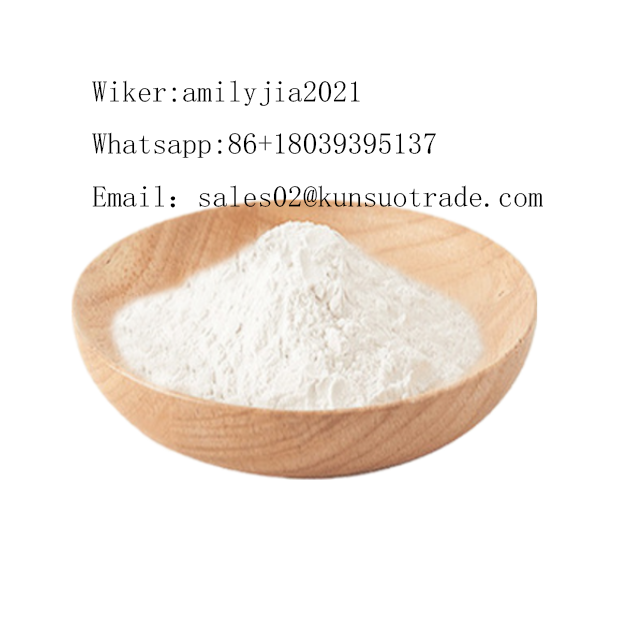


Cas 137-58-6 Lidocaine
| Price: | US$ 50 / Kilogram |
|---|---|
| Minimum Order: | 1kg |
| Payment Terms: | Bitcon /Westunion/Paypal/Bankcard or others |
| Port of Export: | Tianjin |
Product Details
| Model No.: | Brand Name: | kunsuo |
|---|
| Certification: | |
|---|---|
| Specification: |
Product Name: Lidocaine
Synonyms: 2-(Diethylamino)-2',6'-acetoxylidide;2-(diethylamino)-2’,6’-acetoxylidide;2-(diethylamino)-n-(2,6-dimethylphenyl)-acetamid;2',6'-Acetoxylidide, 2-(diethylamino)-;6’-acetoxylidide,2-(diethylamino)-2;Acetamide, 2-(diethylamino)-N-(2,6-dimethylphenyl)-;Ligoncaine;Maricaine CAS: 137-58-6 MF: C14H22N2O MW: 234.34 EINECS: 205-302-8 Product Categories: Halogenated Heterocycles;Pharma materials;Alphacaine, Xylocaine, lignocaine;REGITINE;Other APIs;API;Research Chemical Mol File: 137-58-6.mol |
Packaging & Delivery
| Packaging: | 25kg per bag or as requirment |
|---|---|
| Delivery/Lead Time: | 7-15 Days |
| Production Capacity: | 10000000kg |
Product Description
Product Name: Lidocaine
Synonyms: 2-(Diethylamino)-2',6'-acetoxylidide;2-(diethylamino)-2’,6’-acetoxylidide;2-(diethylamino)-n-(2,6-dimethylphenyl)-acetamid;2',6'-Acetoxylidide, 2-(diethylamino)-;6’-acetoxylidide,2-(diethylamino)-2;Acetamide, 2-(diethylamino)-N-(2,6-dimethylphenyl)-;Ligoncaine;Maricaine
CAS: 137-58-6
MF: C14H22N2O
MW: 234.34
EINECS: 205-302-8
Product Categories: Halogenated Heterocycles;Pharma materials;Alphacaine, Xylocaine, lignocaine;REGITINE;Other APIs;API;Research Chemical
Mol File: 137-58-6.mol
Lidocaine Structure
Lidocaine Chemical Properties
Melting point 66-69®C
Boiling point bp4 180-182®; bp2 159-160®
density 0.9944 (rough estimate)
refractive index 1.5110 (estimate)
Fp 9℃
storage temp. Store at RT
solubility ethanol: 4 mg/mL
pka pKa 7.88(H2O)(Approximate)
form powder
color White to slightly yellow
Water Solubility practically insoluble
Merck 14,5482
Stability: Stable. Incompatible with strong oxidizing agents.
InChIKey NNJVILVZKWQKPM-UHFFFAOYSA-N
CAS DataBase Reference 137-58-6(CAS DataBase Reference)
NIST Chemistry Reference Lidocaine(137-58-6)
Uses Lidocaine is an Anesthetic (local); antiarrhythmic (class IB). Long-acting, membrane stabilizing agent against ventricular arrhythmia. Originally developed as a local anesthetic. Neuroprotective & Neuroresearch Products.
description Lidocaine is a local anesthetic, also known as Xylocaine, in recent years it has been replaced procaine, widely used in local infiltration anesthesia in cosmetic plastic surgery, it can block the nerve excitability and conduction by inhibiting the sodium channels of nerve cell membrane. The fat soluble and protein binding rate of lidocaine is higher than procaine, its cell penetrating ability is strong, fast onset, long duration of action, the interaction strength is 4 times of procaine.
Lidocaine is used in infiltration anesthesia, epidural anesthesia, topical anesthesia (including thoracoscopy or abdominal surgery for mucosal anesthesia) and nerve block. In order to extend the time of anesthesia, reduce the poisoning of lidocaine and other side effects, can be added in the anesthetic epinephrine.
Lidocaine can also be used for the treatment of ventricular premature beat after acute myocardial infarction, ventricular tachycardia, digitalis poisoning, cardiac surgery and cardiac catheterization-induced ventricular arrhythmias, including ventricular premature beats, ventricular tachycardia and ventricular fibrillation. Lidocaine is also used for duration status of epilepsy which other anti-seizure drugs are not effective, as well as local or spinal anesthesia. But it is usually ineffective for supraventricular arrhythmias.
Chemical property Lidocaine is white needle like crystals, and its melting point is 68-69℃; boiling point is 180-182℃ (0.53kPa), soluble in ethanol in 159-160℃ (0.267kPa), ether, benzene, chloroform and oil, do not dissolve in water. In common use radical hydrochloride, lidocaine hydrochloride (C14H22N2O • HCL, [73-78-9]) is a white crystalline powder. Melting point 127-129℃, and the monohydrate melting point is 77-78℃. Easily soluble in water, 0.5% aqueous solution pHO 4.0-5.5. Odorless, bitter taste.
Uses 1, This product is a local anesthetics of amide derivatives,and widely used in surface anesthesia, anesthesia, conduction anesthesia and epidural anesthesia. The LD50 of oral lidocaine hydrochloride to mice was 290 mg/kg.
2, Used as a local anesthetic.
Description Lidocaine [2-(diethylamino)-N-(2, 6-dimethylphenyl) acetamide monohydrochloride] is the most commonly used amino amide-type local anesthetic. Lidocaine is very lipid soluble and, thus, has a more rapid onset and a longer duration of action than most amino ester-type local anesthetics, such as procaine and tetracaine. It can be administered parenterally (with or without epinephrine) or topically either by itself or in combination with prilocaine or etidocaine as a eutectic mixture that is very popular with pediatric patients. The use of lidocaine–epinephrine mixtures should be avoided, however, in areas with limited vascular supply to prevent tissue necrosis. Lidocaine also frequently is used as a class IB antiarrhythmic agent for the treatment of ventricular arrhythmias, both because it binds and inhibits sodium channels in the cardiac muscle and because of its longer duration of action than amino ester-type local anesthetics.
Central nervous system changes are the most frequently observed systemic toxicities of lidocaine. The initial manifestations are restlessness, vertigo, tinnitus, slurred speech, and eventually, seizures. Subsequent manifestations include CNS depression with a cessation of convulsions and the onset of unconsciousness and respiratory depression or cardiac arrest. This biphasic effect occurs because local anesthetics initially block the inhibitory GABAergic pathways, resulting in stimulation, and eventually block both inhibitory and excitatory pathways (i.e., block the sodium channels associated with the NMDA receptors, resulting in overall CNS inhibition).
Chemical Properties solid
Originator Xylocaine,Astra,US,1949
Uses Lidocaine is used in creams and lotions to soothe areas of inflamed skin or for example in hemorrhoid preparations to reduce discomfort; used by doctors to anesthetise areas prior to surgery, often avoiding the need for a general anesthetie; used by injection after a heart attack to treat some rhythm disturbances.
Uses Lidocaine (Alphacaine)is a selective inverse peripheral histamine H1-receptor agonist with an IC50 of >32 μM. [1] Histamine is responsible for many features of allergic reactions. Lidocaine (Alphacaine)is a second-generation antihistamine agent closely st
Uses Antiarrhythmic Agents, Anesthetics;Anticonvulsant;antihypertensive
Definition ChEBI: The monocarboxylic acid amide resulting from the formal condensation of N,N-diethylglycine with 2,6-dimethylaniline.
Indications Experimentally, lidocaine has been found to prevent VF arising during myocardial ischemia or infarction by preventing the fragmentation of organized largewavefronts into heterogeneous wavelets. Although lidocaine is of proven benefit in preventing VF early after clinical myocardial infarction, there is no evidence that it reduces mortality. To the contrary, lidocaine may increase mortality after myocardial infarction by approximately 40% to 60%.There are no controlled studies of lidocaine in secondary prevention of recurrence of VT or VF.
Lidocaine terminates organized monomorphic spontaneous VT or induced sustained VT in only approximately 20% of cases and is less effective than many other antiarrhythmic drugs. In a blinded, randomized study of intravenous lidocaine versus intravenous amiodarone in out-of-hospital VF resistant to defibrillation, lidocaine was associated with half the likelihood of survival to hospital admission compared with amiodarone.
Manufacturing Process One mol of 2,6-xylidine is dissolved in 800 ml glacial acetic acid. The mixture is cooled to 10®C, after which 1.1 mol chloracetyl chloride is added at one time. The mixture is stirred vigorously during a few moments after which 1,000 ml half-saturated sodium acetate solution, or other buffering or alkalizing substance, is added at one time. The reaction mixture is shaken during half an hour. The precipitate formed which consists of ω-chloro-2,6- dimethyl-acetanilide is filtered off, washed with water and dried. The product is sufficiently pure for further treatment. The yield amounts to 70 to 80% of the theoretical amount.
One mole of the chloracetyl xylidide thus prepared and 2.5 to 3 mols diethyl amine are dissolved in 1,000 ml dry benzene. The mixture is refluxed for 4 to 5 hours. The separated diethyl amine hydrochloride is filtered off. The benzene solution is shaken out two times with 3N hydrochloric acid, the first time with 800 ml and the second time with 400 ml acid. To the combined acid extracts is added an approximately 30% solution of sodium hydroxide until the precipitate does not increase.
The precipitate, which sometimes is an oil, is taken up in ether. The ether solution is dried with anhydrous potassium carbonate after which the ether is driven off. The remaining crude substance is purified by vacuum distillation. During the distillation practically the entire quantity of the substance is carried over within a temperature interval of 1® to 2®C. The yield approaches the theoretical amount. MP 68® to 69®C. BP 180® to 182®C at 4 mm Hg; 159® to 160®C at 2 mm Hg. (Procedure is from US Patent 2,441,498.)

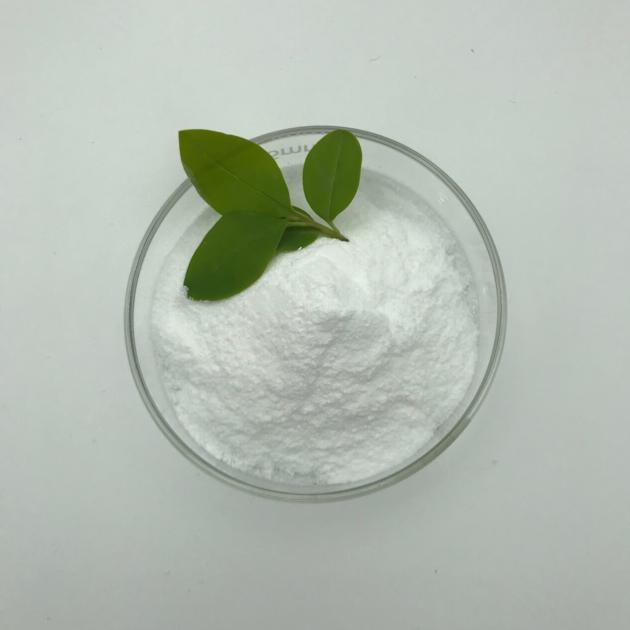
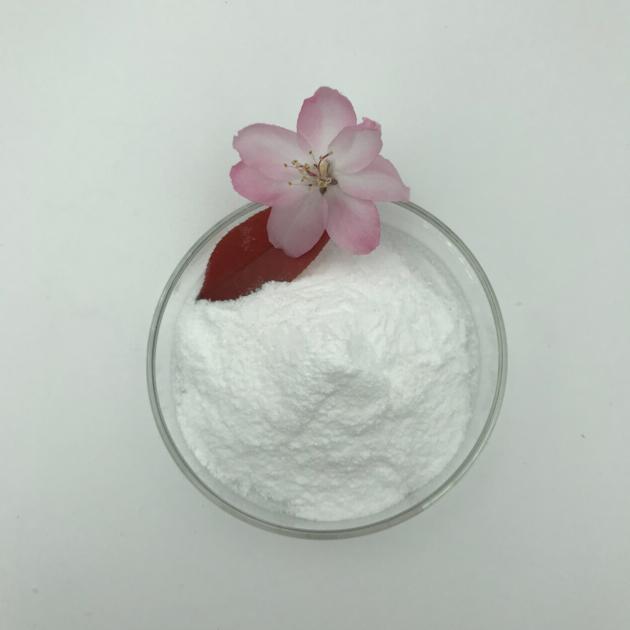
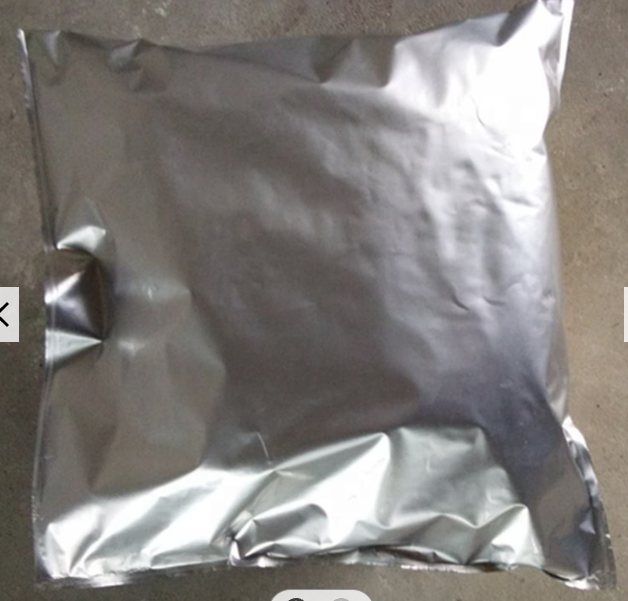
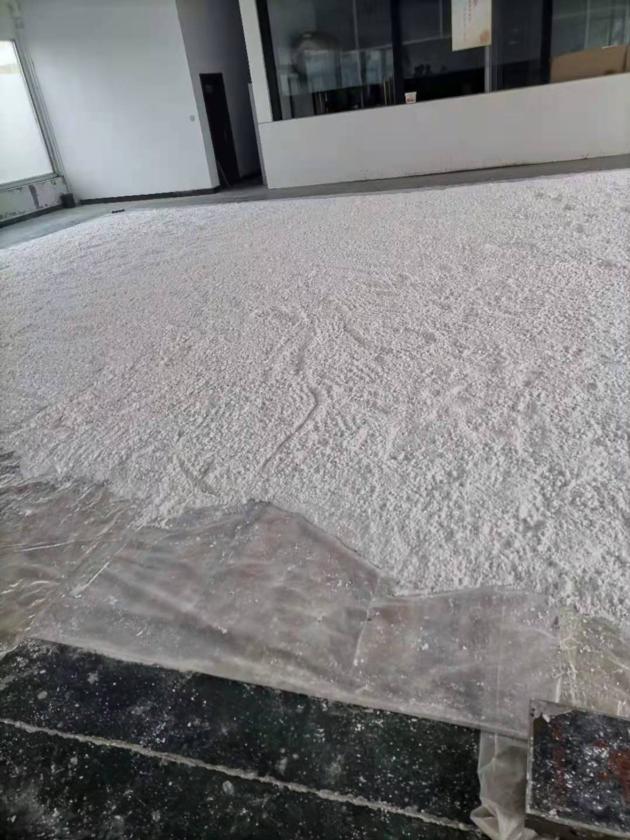
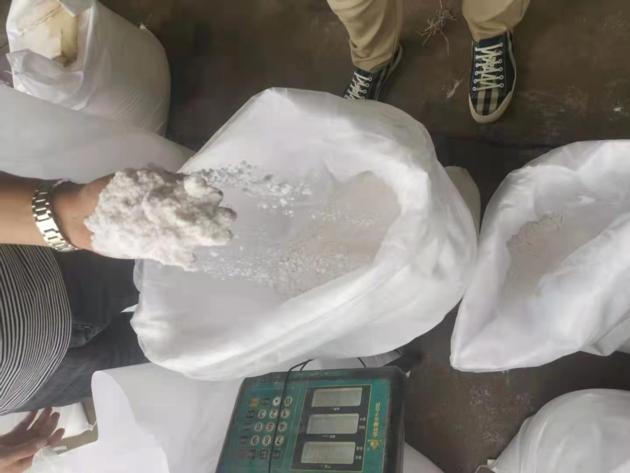
|
SUPPLIER PROFILE
|
|||
|---|---|---|---|
| Company: | Henan Kunsuo Trading Co., Ltd. | ||
| City/State | zhengzhou, 河南省 | Country: |
China 
|
| Business Type: | Export - Manufacturer / Trading Company | Established: | 2021 |
| Member Since: | 2021 | Contact Person | Amily Jia |
SUPPLIER PROFILE
City/State/Country -
zhengzhou, 河南省
China 

Business Type -
Export - Manufacturer / Trading Company
Established -
2021
Member Since -
2021
Contact Person -
Amily Jia



